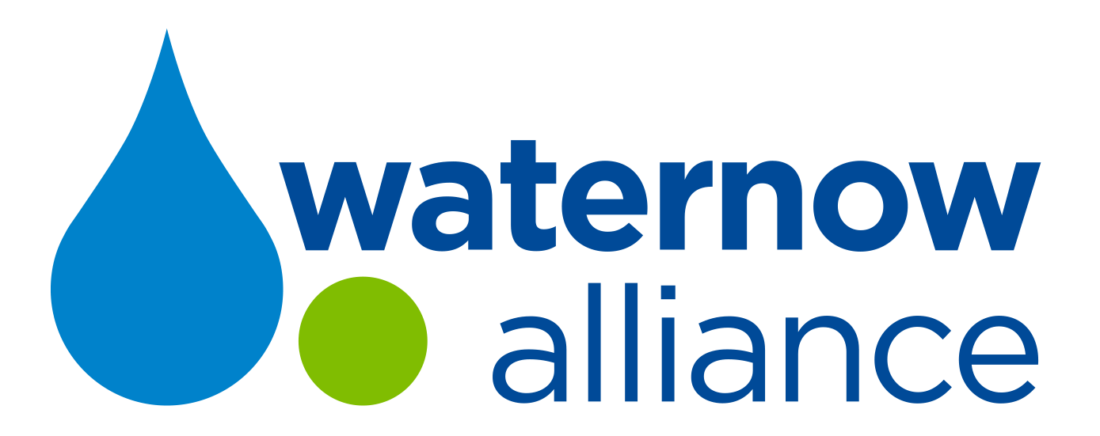The Town of Castle Rock is located south of the Denver Metro area with more than 300 days of sunshine and receives 10 to 15 inches of precipitation each year. Due to its semi-arid, high-desert climate, Castle Rock is prone to droughts, especially during the peak irrigation season of July through September. Compounding this challenge, by the year 2055, Castle Rock’s population has the potential to double in size, increasing water demand by approximately 84% over the 2020 demand.
To meet these challenges, the Town’s aggressive water efficiency measures are aimed at reducing future demands by 18%, or 2,700 acre-feet, by around 2050-2055.
Solution: Water Use Efficiency as a Way of Life
To help meet the challenge of living in a semi-arid high-desert climate with a growing population, Castle Rock is embracing water use efficiency as a way of life. The Town implements comprehensive water use efficiency measures, including:f
- budget based rate structures
- conservation-oriented system development fees,
- landscaping standards,
- incentives, and
- community education,
just to name a few. Castle Rock residents support a “community culture of conservation.” A 2015 water conservation survey found that 97% of community members that were familiar with the Town’s water use efficiency educational programs thought the programs were valuable.
Results: Saving Water, Habitat, Energy & Money

Castle Rock’s efficiency programs have saved a lot of water. On average, between 2016 and 2020, the Town reported overall water use of 118 gallons per capita per day—already well below the State of Colorado’s goal of 129 GPCD that applies as of 2050. The Town’s goal is to reduce water use by another 18% to 100 GPCD by 2050.
Installing native landscapes via Castle Rock’s ColoradoScape programincreaseswildlife habitat and encourages and supports additional native wildlife population. The Town’s water conservation programs also save energy. By reducing the need for water demand per capita, the Town mitigates associated energy costs and environmental impacts of daily operations.
Castle Rock’s investment in water efficiency and conservation is also cost-effective. By achieving a 108 GPCD in 2014, the Town theoretically saved ~$59 million in avoided future costs for purchasing additional water and building future infrastructure. If the Town meets its target goal of 100 GPCD by 2050, it could save the community approximately $97 million in total by avoiding the purchase of additional water supplies and building of additional infrastructure at $32,000 to $35,000 per acre-foot.
From Castle Rock, Colorado, to Hoboken, New Jersey, as part of WaterNow’s Tap into Resilience initiative, WaterNow has interviewed over a dozen city and utility leaders already tapping into localized water strategies for fast, affordable, and impactful solutions to their water challenges. More details on Castle Rock’s Tap into Resilience case study are available on WaterNow’s campaign website here.

